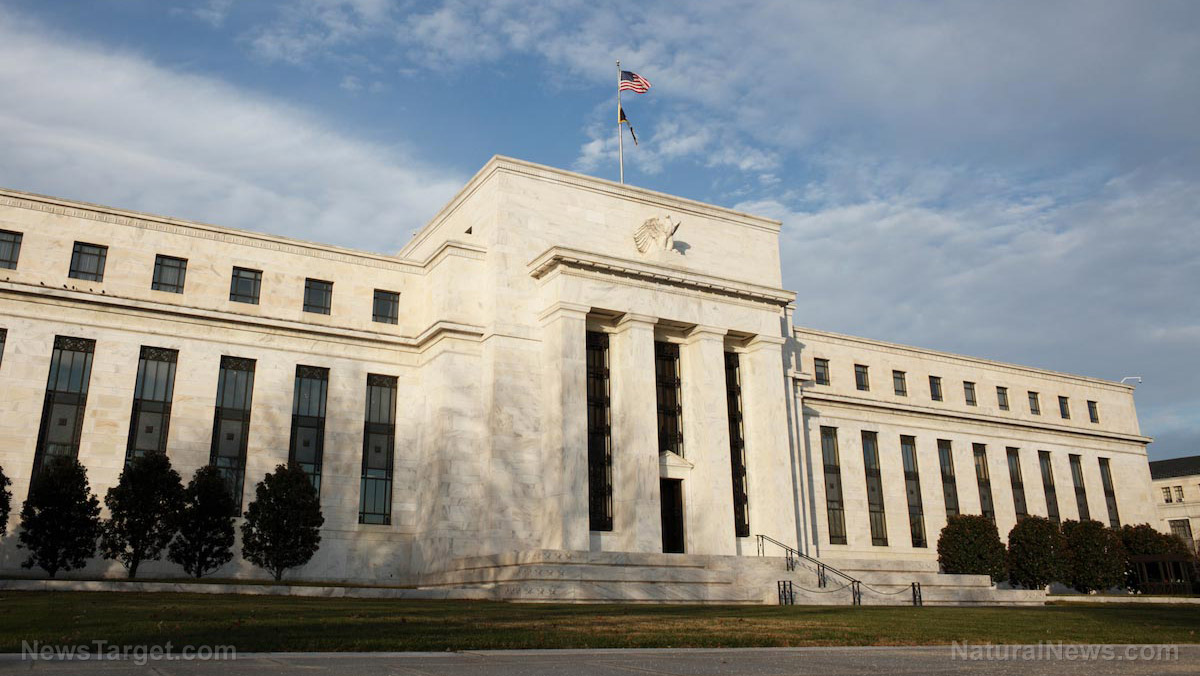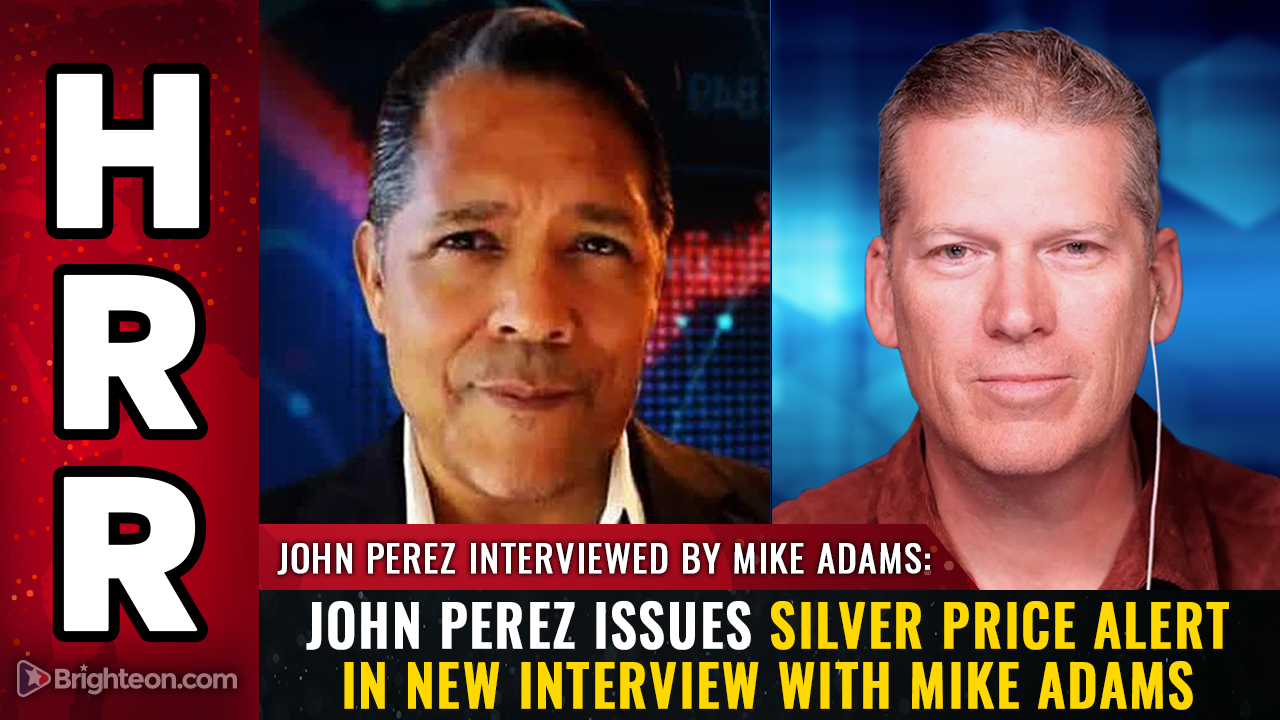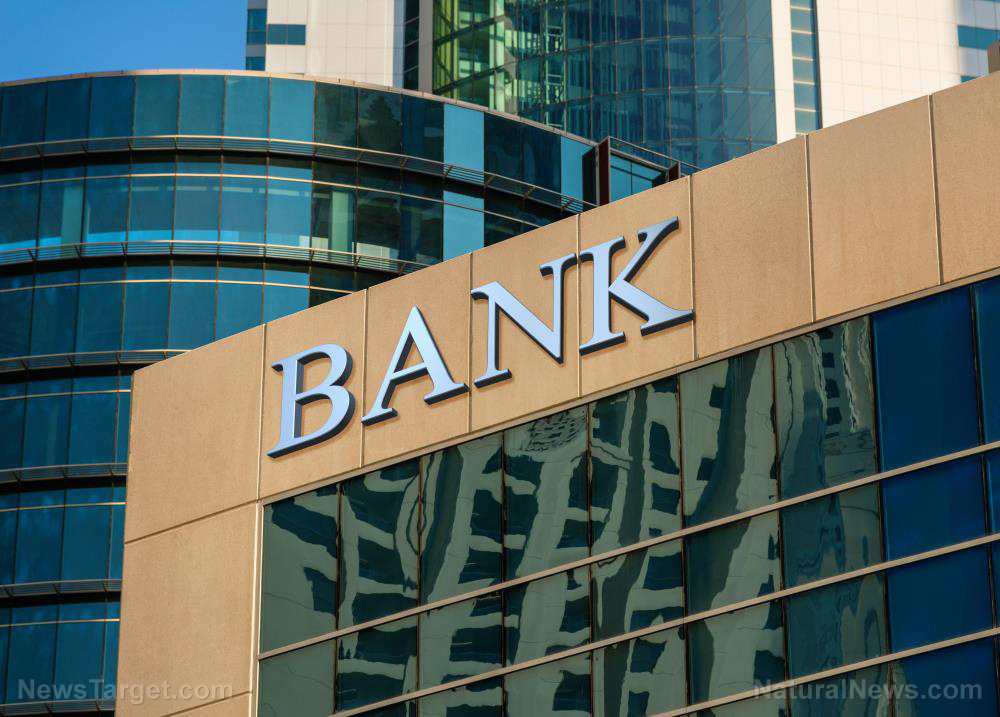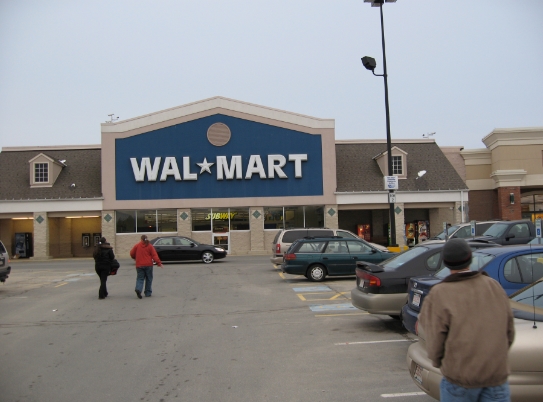Destiny USA defaults on $300 million mortgage, raising foreclosure concerns
04/11/2025 / By Willow Tohi

- Destiny USA, New York’s largest mall, defaulted on a $325.2M mortgage (including deferred interest) after failing to extend its loan maturity date, casting doubt on its owner’s (Pyramid Management Group) financial viability.
- Pyramid is negotiating a loan modification to delay maturity to 2025 in exchange for a $1.1M fee, but success is uncertain, and the lender could foreclose—as happened with two other Pyramid malls in 2023.
- The default reflects broader distress in commercial real estate, fueled by e-commerce growth and pandemic-driven shifts. CMBS data shows record distress rates (17% for offices, 12.5% for apartments), with malls especially vulnerable.
- Destiny USA has lost major tenants (e.g., Nordstrom Rack, Hugo Boss), mirroring industry trends. Analysts predict U.S. malls could shrink from 1,150 to 150 by 2032 due to declining foot traffic.
- The mall’s fate hinges on negotiations, serving as a bellwether for commercial real estate. The outcome will impact both Pyramid’s survival and the sector’s trajectory amid evolving retail demands.
Destiny USA, New York’s largest mall and one of the biggest in the United States, has defaulted on a $300 million mortgage, raising significant concerns about its future and the broader health of the commercial real estate sector. The default, which occurred when the loan matured on June 6, 2022, has placed the mall’s owner, Carousel Center Co., a subsidiary of Pyramid Management Group, in a precarious financial position.
The financial struggle
Carousel Center Co. failed to secure an extension on the loan’s maturity date, leading to the termination of a forbearance agreement with the lender. As a result, the full balance of the loan, now totaling 325.2 million—including 25.2 million in deferred interest—became immediately due, according to an independent audit by DiMarco, Abiusi & Pascarella accounting firm. This financial strain has raised substantial doubt about the company’s ability to continue as a going concern.
Negotiations and uncertainty
Pyramid Management Group is currently negotiating a potential modification of the loan agreement, aiming to extend the mortgage’s maturity date to December 6, 2025, in exchange for a $1.1 million “consent fee.” However, the auditor has warned that there is no guarantee of success in these negotiations. The lender, which took over the loan from JPMorgan Chase in 2019, could foreclose on the mall at any time, similar to what happened with two other Pyramid-owned malls last year.
Historical context and industry trends
The default at Destiny USA is part of a broader trend of distress in the commercial real estate sector, particularly among large shopping malls. The rise of e-commerce and changing consumer preferences have led to a decline in brick-and-mortar retail, exacerbating the financial challenges faced by mall operators. According to recent data, commercial real estate bonds, including commercial mortgage-backed securities (CMBS), have hit record distress levels, with office properties and apartments showing particularly high distress rates.
In the CMBS category, which totals approximately $625 billion in outstanding commercial real estate debt, the distress rate for office properties has surpassed 17 percent, while apartment loan distress has accelerated to 12.5 percent. These figures highlight the systemic risks facing the commercial real estate market, with malls like Destiny USA being particularly vulnerable. In addition, the pandemic changed consumer shopping habits, driving even more commerce online.
The future of Destiny USA
Destiny USA, which boasts over 250 storefronts, has been shedding tenants in recent years, with notable closures including Hugo Boss, Nordstrom Rack, World of Beer, Margaritaville and TGI Fridays. The mall’s struggles are emblematic of the challenges faced by traditional retail spaces in the digital age. CapitalOne Shopping predicts that the number of malls in the United States could shrink from the current 1,150 to just 150 by 2032, a far cry from the 25,000 malls that existed in 1986.
The fate of Destiny USA remains uncertain. While Pyramid Management Group is actively seeking a loan extension, the financial and operational challenges it faces are significant. The outcome of these negotiations will not only determine the future of one of New York’s largest malls but also serve as a bellwether for the broader commercial real estate market.
Uncertain outcome
The default on Destiny USA’s $300 million mortgage underscores the ongoing challenges faced by large shopping malls in the United States. As the retail landscape continues to evolve, the ability of mall operators to adapt and remain financially viable will be crucial. The coming months will be critical for Destiny USA and Pyramid Management Group as they navigate these challenges and seek to secure the mall’s future. The outcome of their negotiations will have far-reaching implications for the commercial real estate sector and the communities that rely on these retail centers.
Sources include:
Submit a correction >>
Tagged Under:
Collapse, commerical real estate, debt bomb, debt collapse, Destiny USA, digital age, foreclosure, Glitch, market crash, mortgage, online commerce, retail space
This article may contain statements that reflect the opinion of the author
RECENT NEWS & ARTICLES
COPYRIGHT © 2017 RISK NEWS




















